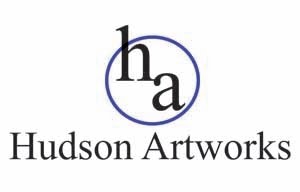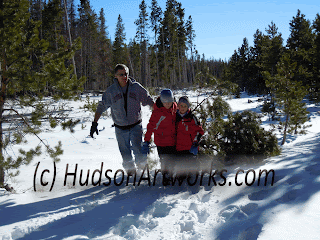We were fortunate to have good weather for our excursion into the mountains. Although the road was snow-covered, the snow was not deep and the clear skies and mild temperatures made for a safe and enjoyable day.
Finding the right tree from among literally thousands can be a daunting task. "This one looks good," I'll shout to my wife, about a hundred feet away. "What do you think of this one?"she'll holler back. Our sons' will also weigh in with their opinions.
After much tromping around through the woods, we eventually agree upon a tree. For the size we are looking for, no chain saws are needed. A simple, sharp tree saw is all we need to fell a nice 9-foot pine, which you can see in the video below.
Once the tree is cut, the next task it to haul it back to the truck. Easier said that done!
Once the tree has been dragged to the truck, we load it in, tie it down and take the obligatory family photo, proving once again we braved the elements and got our Christmas three the old-fashioned way. However, as you can somewhat see from this photo, the truck gets a bit dirty in the process.
The next day it is clearly apparent how much Forest Service road the hard-working pickup took home as a souvenir. While I'm all about driving around the neighborhood and letting the neighbors see how 'authentic' we are when it comes to tree procurement, at some point the rig needs a good, thorough cleaning.
After we got home and had dinner, we unloaded the tree from the truck and set up the tree stand. My wife and kids washed up and got the lights ready. I placed the tree in the stand and get it properly situated. I washed up, and finally it was the pickup's turn.
What a difference a shower makes!






